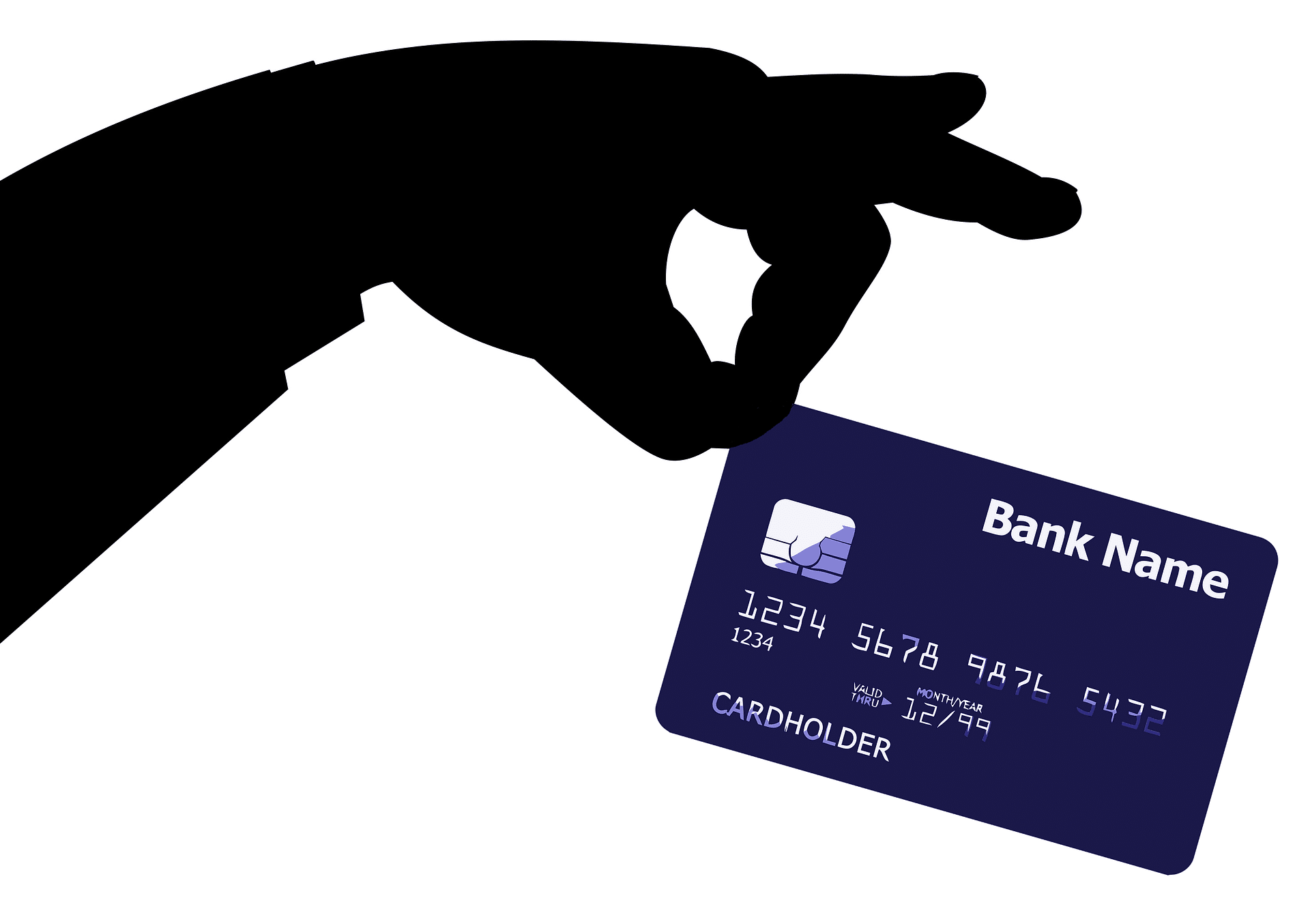Student debt recently surpassed $1.5 trillion. Yes, trillion. Clearly, the vast majority of students finance their college costs. Unfortunately, many students turn to credit cards to pay for incidental costs and living expenses while in college. According to NASDAQ, student credit card debt averaged $911 in 2015. Debt with a high rate of interest for students that are likely to be taking out additional student loans is legitimately concerning, as this can lead to further financial issues down the road.
To understand both the positives and negatives students run into when using credit cards, we talked with Jeff Brainard, Co-owner of Noble Wealth Partners. This article will explain the risks of compound interests–which Brainard refers to as a snowball effect–as well as the usefulness of student credit cards and other options.
What is compound interest?
In simple terms, compound interest is essentially interest on interest. With credit cards, this means you spend a certain amount and pay only the minimum payment for that month. Then, next month, when you spend money you accumulate interest based on the amount you spent both this month and last month, as well as interest on the interest you did not pay off the month before. But explaining this in literal terms gets wordy and complicated.
“The easy visualization for people to use is a snowball. Starting with a snowball that’s relatively small at the top of a hill, you start rolling the snowball down the hill, and that snowball is going to progressively get larger as it adds snow,” said Brainard to give an analogy to compound interest. “That snowball just keeps getting bigger and bigger as it goes down the hill.”
The snowball Brainard refers to is accumulated debt due to compound interest. In this case, you do not want the snowball. However, it’s important to remember that the snowball is not always bad. The flip side of compound interest can be beneficial to young people. For example, when you save money in a bank account or other savings vehicle that accumulates interest, you get to reap the benefits of compound interest.
“If you want a big snowball from a retirement perspective, you can start with a very little snowball and compound interest over the next 30, 40, 50 years is going to be a huge benefit to you,” said Brainard.
How can compound interest get you in trouble?
To put things in perspective, Brainard used the example of a college student who runs up a credit card balance of $2,000 that they aren’t able to pay off right away.
“The interest is going to be somewhere between 18 and 20 percent on that credit card, and the minimum payment that the credit card company is going to ask you to pay is going to seem so tantalizingly small that you’re going to pay that and feel like you can borrow money forever,” said Brainard.
The problem then becomes the fact that the minimum balance does not pay (or even dip into) the beginning balance of the money you spent..
“What ends up happening is, it’s pretty insidious, you’re not even paying the amount of interest you’re accruing every month in that compound interest,” said Brainard. “So, if I have that $2,000 balance, it’s going to increase in the amount I owe due to the interest that I’m paying every month, and if I’m not reducing that principle balance by any conceivable amount, it’s just going to add to the size of the snowball that’s getting bigger and bigger.”
Essentially, when a credit card company asks for a minimum payment, you’re paying just that–the bare minimum you can pay in order to continue borrowing money, which isn’t free.
“The biggest mistake a lot of college students make is they think they can have a little bit of fun with their credit card, make the minimum payments, and theoretically you will never be able to pay off your credit card if you do that. So it gets pretty difficult to get out of that hole once you get started,” said Brainard.
What if you slip up?
So, when does compound interest and credit card debt become a significant issue? Can you make the minimum payment once? Twice?
“When it becomes a problem is when you can’t make a substantial payment back towards it,” said Brainard.
Brainard explained that the goal should be to pay it off completely every month, but paying a significant amount of the balance instead of the full amount is the next best thing..
“If you’re ever in a particular position where you can’t pay it off (the balance) that month, then you need to make some changes going into the next couple of months to get that paid off before you do anything extravagant again,” said Brainard.
How can students responsibly use a credit card?
While there are dangers to using credit cards, if you understand how balances and compound interest work, credit cards can be a useful tool for learning budgeting and building credit history.
“I think if people just educate themselves and live within their means and understand that that’s money they have to pay back with a little bit of interest they can actually be really beneficial, especially for college students,” said Brainard.
Essentially, make sure you don’t charge to your credit card money that you don’t have. And if you do make a mistake and charge more than you have, make paying off that balance a priority even if you have to make a few sacrifices.
As for using credit cards as a way to borrow money in college, this usually isn’t the best way to go, and taking a look into different types of smaller student loans can potentially save you a lot of money. Take a look at the math. You may be paying around 20 percent interest on a credit card, but may be able to get a fixed rate loan at a much lower interest rate. Plus, you’ll have a payment schedule so you know what to expect, as opposed to a credit card payment that does not.
What are the benefits to students using a credit card?
Because compound interest sounds scary, some people decide not to use credit cards at all. However, there are many benefits to responsibly using a credit card in college. The biggest long-term benefit for students using a credit card responsibly is a build-up of credit history. This small act will help you with big financial decisions later on in life, such as getting loans or a mortgage.
“One of the hardest things when you’re coming out of college is you’re trying to get a job and people want you to have experience, and you can’t get experience until you get a job. Likewise, if you want to borrow money, you have to have a credit history and you can’t have a credit history unless you borrow some money,” said Brainard. “Having a credit card with a low max spending limit on it is a great way to start building up some credit history.”
Being able to manage having a credit card for a number of years shows a bank or other loan agency that you’re able to borrow and pay back money, which is important in securing a loan.
In addition to this, many credit cards offer perks and points that can be helpful to you depending on your lifestyle. For example, if you travel often, an airline credit card could be a huge benefit to you as you can fly for much cheaper. Take a look at different perks credit cards offer to see what would best benefit you.
Overall, credit cards can be a very useful tool for college students, as long as you understand the true costs. Prevent a snowball effect by being careful when you charge to your credit card by evaluating what you can and cannot afford. And, if you ever find yourself in trouble, catch the problem early on and prioritize paying off your credit card before you do anything else. Educate yourself and be responsible with your credit card, and you can reap the benefits of having a credit card and a solid credit history rather than face the consequences of credit card debt.



